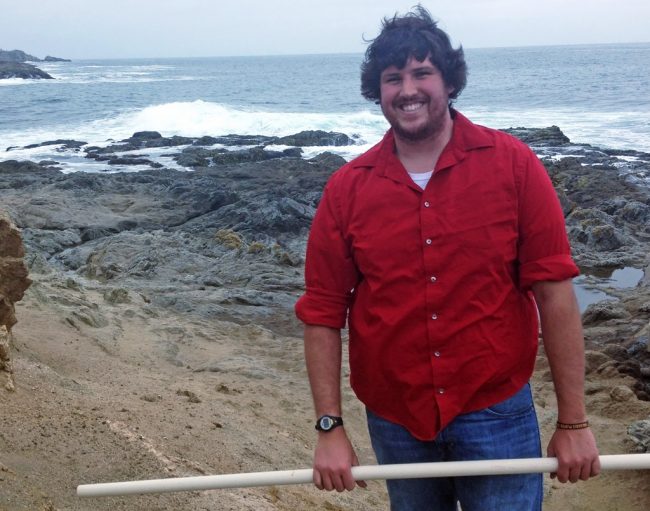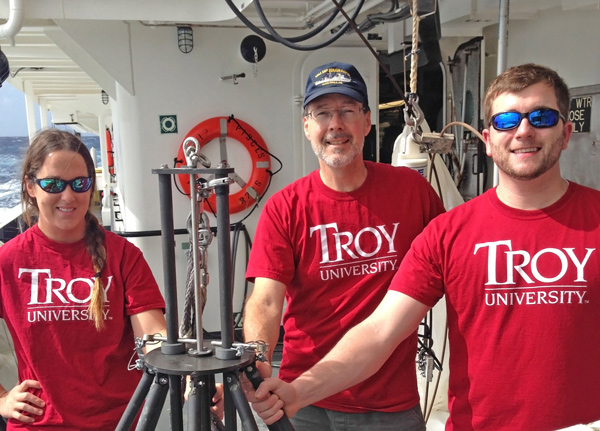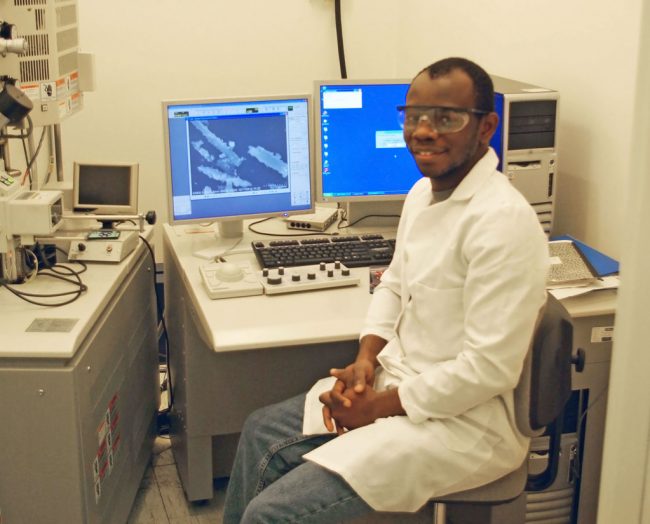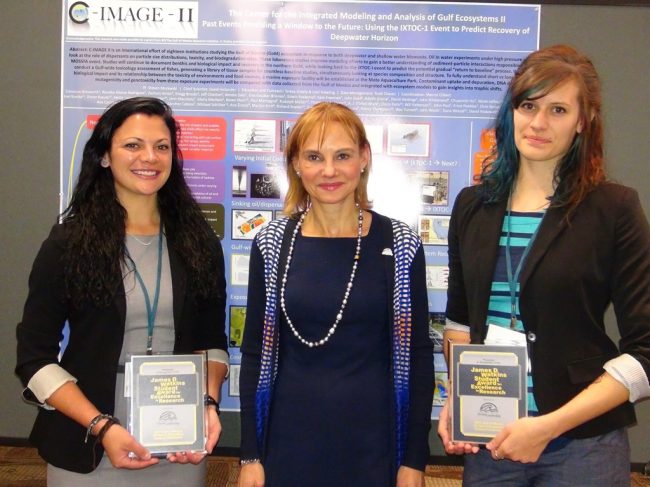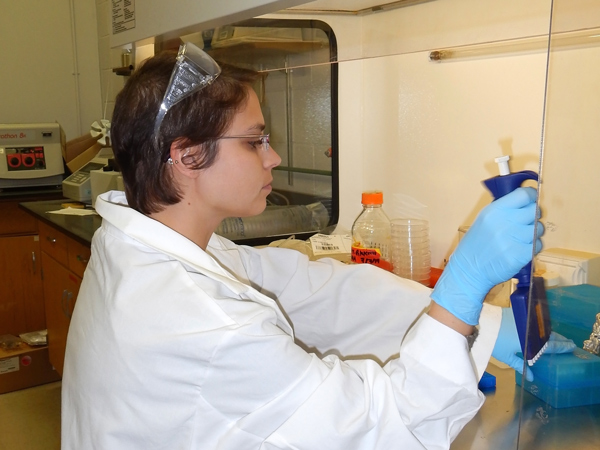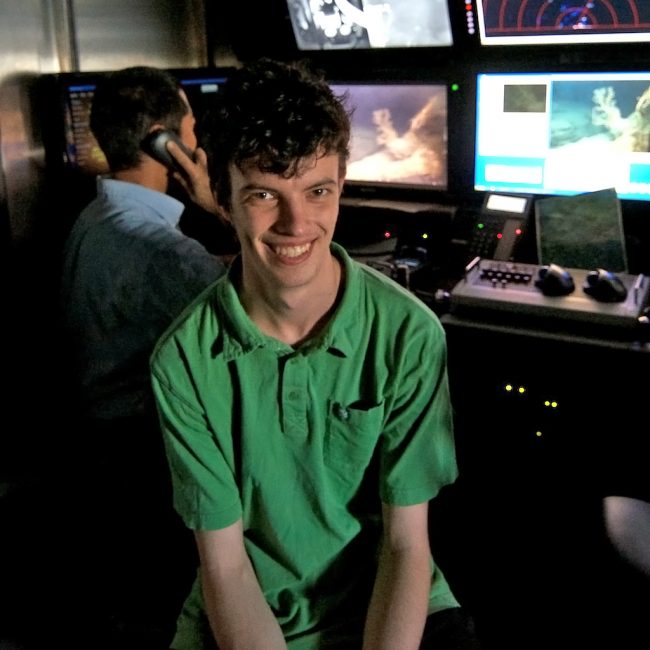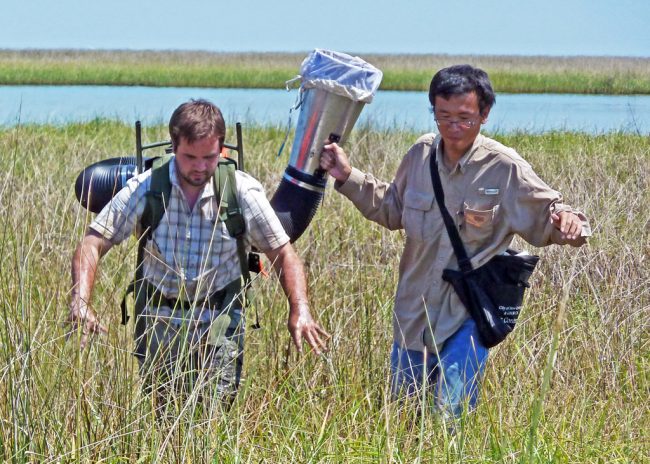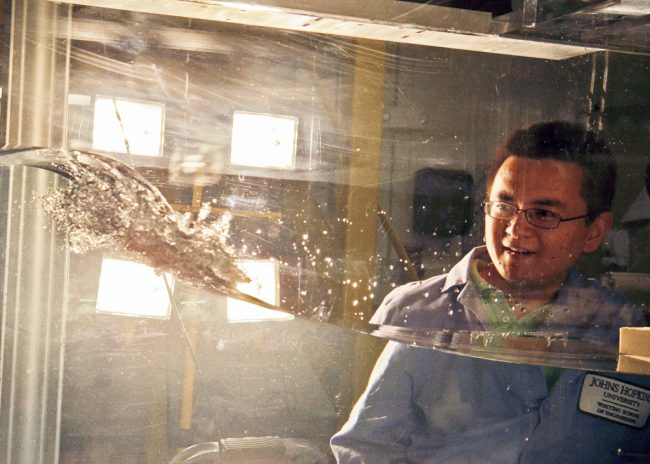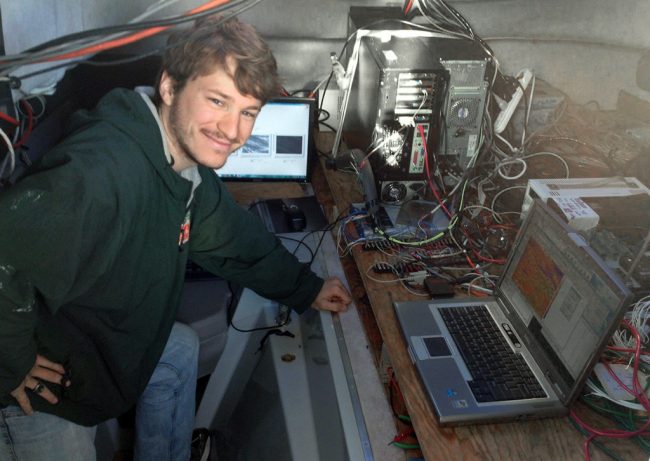Grad Student Young Studies Gulf Water at Its Most Basic Level
Chemical engineer Jordan Young has found his happy place on a research vessel in the Gulf of Mexico. He’s looking for changes in ocean acidity following the Deepwater Horizon spill. As the oil biologically degrades, some of it oxidizes to carbon dioxide and may increase acidification.

